1. Deadly Nightshade: The Poison That Keeps Predators Guessing
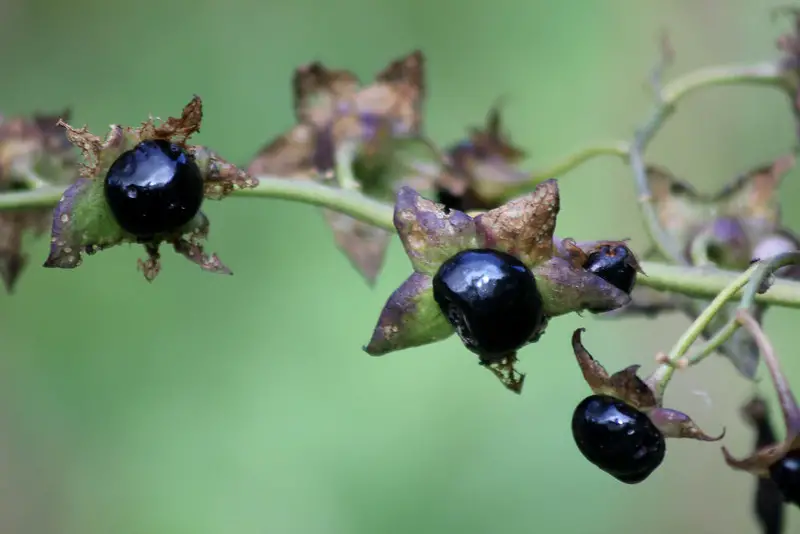
While deadly to most creatures, some animals have turned nightshade into an advantage. Birds like blackbirds and thrushes can eat the berries without harm, helping to spread the plant’s seeds, while certain insects feast on its toxic leaves, making themselves unappealing to predators. One of the most dangerously toxic plants in the world, deadly nightshade has a history that’s as ironic as it is lethal. With as few as ten berries capable of killing an adult, you’d think its name would come from its deadly reputation—but it actually stems from its use in beauty routines. The term bella donna (Italian for “beautiful woman”) refers to an old practice where women used nightshade extract to dilate their pupils, creating a wide-eyed, alluring look. Unfortunately, the side effects included blurred vision, dizziness, and, in severe cases, fatal poisoning—proving that vanity has its risks. While lethal to many, nightshade remains a survival tool for certain animals, proving that in nature, what’s deadly for one species can be an advantage for another.
2. Poison Ivy: The Ultimate Wildlife Fortress
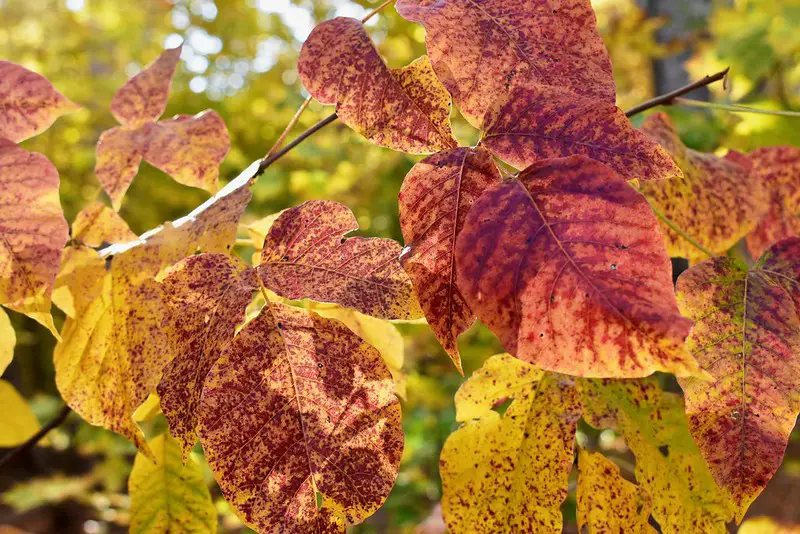
Poison ivy is a nightmare for humans, but for many animals, it’s just another snack—or even a source of shelter. While the toxic oil urushiol causes painful rashes and irritation in people, animals like deer, bears, and rabbits happily munch on the leaves and stems without any ill effects. Birds, including robins and wild turkeys, feast on poison ivy berries in the fall, helping to spread the seeds and ensuring the plant’s survival. Some insects, such as certain caterpillars and beetles, even use poison ivy as a food source, making themselves toxic or distasteful to predators in the process. While humans do everything they can to avoid this plant, for many creatures, it’s just another tool for survival.
3. Strychnine Tree: A Bitter Pill for Some, a Superpower for Others
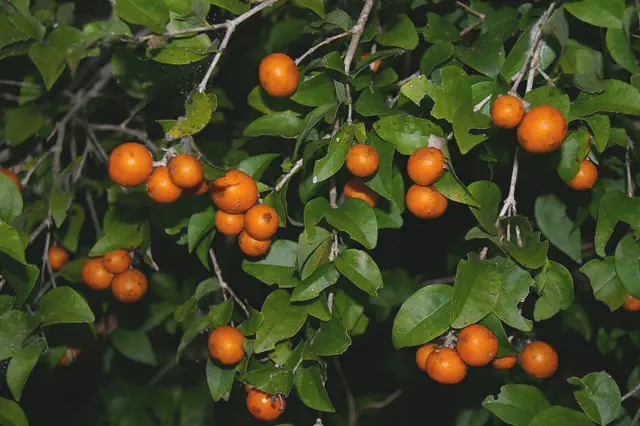
The strychnine tree produces seeds loaded with one of the deadliest neurotoxins known to man, but some animals have turned it into an advantage. While strychnine can cause violent convulsions and death in most mammals, certain rodents and birds are completely immune and happily snack on the seeds. Their immunity allows them to spread the plant’s toxic seeds while avoiding competition from other animals that wouldn’t survive the meal. Meanwhile, humans have historically used strychnine in small doses as a stimulant (or, more infamously, as rat poison). For the animals that can stomach it, the strychnine tree is just another free lunch, while for everyone else, it’s a deadly mistake waiting to happen.
4. Milkweed: Toxic, but a Monarch’s Best Friend
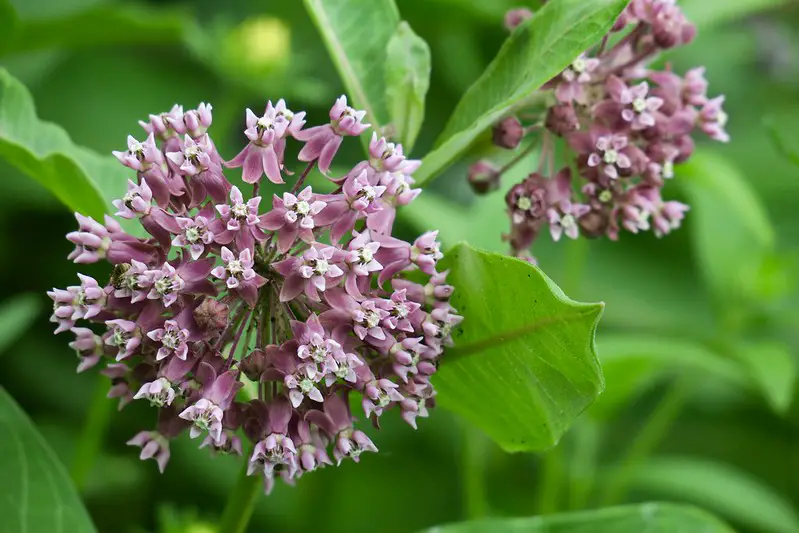
Milkweed is packed with toxic compounds called cardiac glycosides, making it a deadly snack for most creatures—but for monarch butterfly caterpillars, it’s an all-you-can-eat buffet. These tiny, striped larvae feast on the plant’s poisonous leaves, storing the toxins in their bodies to make themselves just as toxic as their food source. This clever trick ensures that predators, like birds, take one bite and immediately regret their life choices, leaving monarchs safe from harm. Even as adult butterflies, they retain some of the plant’s toxins, making them an unappetizing snack for any would-be predator. Milkweed is nature’s version of “you are what you eat,” and for monarchs, that means becoming untouchable.
5. Tobacco Plant: A Secret Weapon for Some Bugs
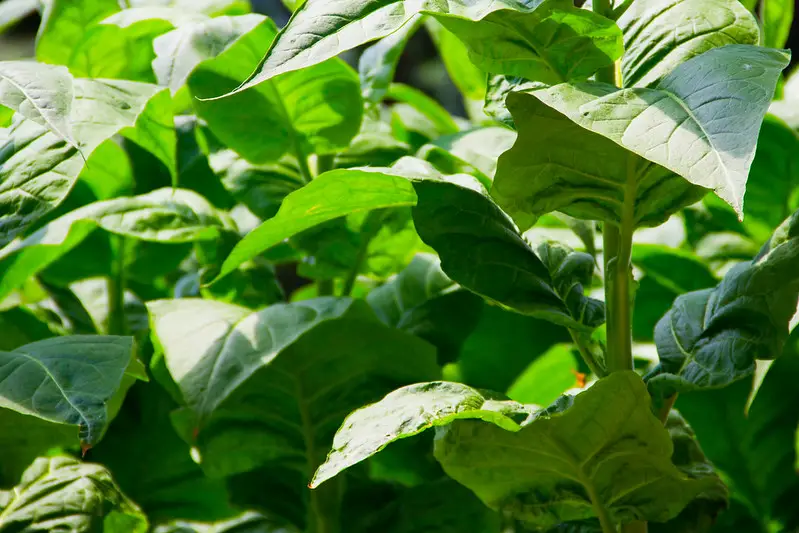
Tobacco might be bad for humans, but certain caterpillars have turned it into a survival strategy. The nicotine in tobacco plants is meant to deter herbivores, but some insects, like the tobacco hornworm, actually absorb the nicotine and use it to ward off predators. Scientists have discovered that these caterpillars exhale nicotine-laced “bad breath,” making them taste disgusting to spiders and other predators. In a world where most bugs are just trying not to get eaten, weaponizing second-hand smoke is next-level genius. The tobacco plant may have been trying to poison its attackers, but instead, it accidentally created some of nature’s craftiest little villains.
6. Manchineel Tree: The World’s Most Dangerous Shade
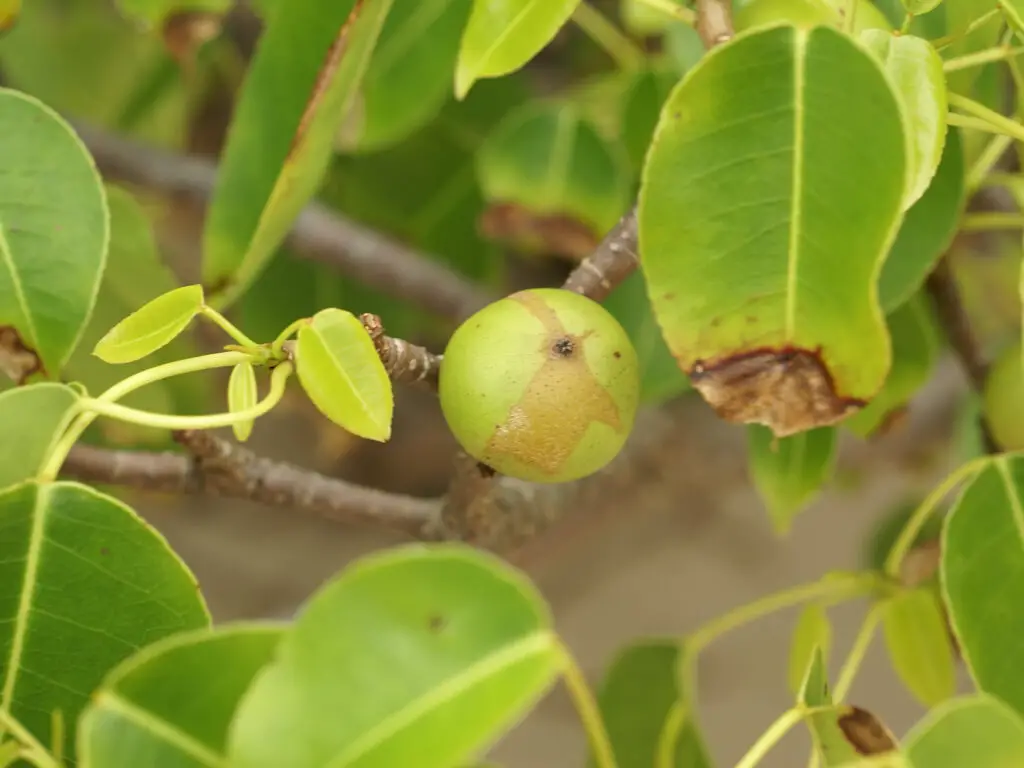
Dubbed the “tree of death,” the manchineel tree is so toxic that standing under it in the rain can cause chemical burns. Its fruit, often called “little apples of death,” is enticing to many animals, yet creatures like iguanas and certain birds can safely eat them. The plant’s lethal toxins keep most mammals away, ensuring its survival while relying on a few specialized animals to spread its seeds. Human contact, on the other hand, leads to blistered skin, searing pain, and in some cases, life-threatening reactions. It’s the botanical equivalent of “look, but don’t touch”—unless you’re an iguana, in which case, enjoy your meal.
7. Aconite (Wolf’s Bane): A Floral Death Trap with a Purpose

Aconite, also known as wolf’s bane, is one of the most infamous toxic plants, used historically to poison both arrows and unsuspecting enemies. While it’s highly lethal to humans and most mammals, certain insects, like bumblebees, are completely unaffected and even rely on its nectar as a food source. Some animals have even evolved resistance to the alkaloids in aconite, giving them a survival advantage in environments where other creatures wouldn’t dare to graze. The plant’s sinister reputation comes from its ability to cause almost instant cardiac arrest, making it a favorite in ancient assassination plots. For most creatures, wolf’s bane is nature’s “do not eat” sign—but for a lucky few, it’s just another snack.
8. Castor Bean Plant: Deadly Seeds with a Sneaky Survival Trick
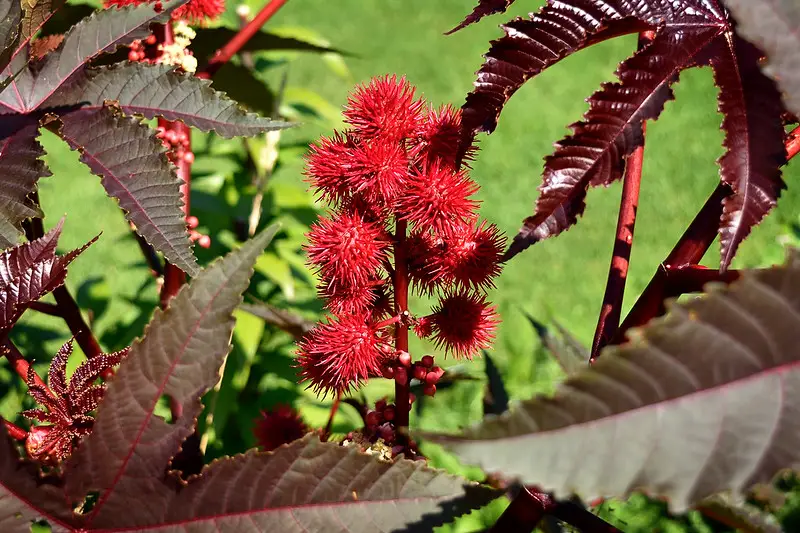
The castor bean plant contains ricin, one of the deadliest natural toxins known to humans, yet some animals can eat the seeds with no issue. Birds, in particular, can consume castor beans and safely spread their seeds without suffering any effects, helping the plant thrive. Meanwhile, for humans and most mammals, even a small amount of ricin can shut down vital organs and cause a slow, painful death. Historically, ricin has been used as a bioweapon, proving just how potent this plant can be. It’s a perfect example of nature playing favorites—some animals get a free pass, while the rest of us would be wise to steer clear.
9. Oleander: A Beautiful but Brutal Poison
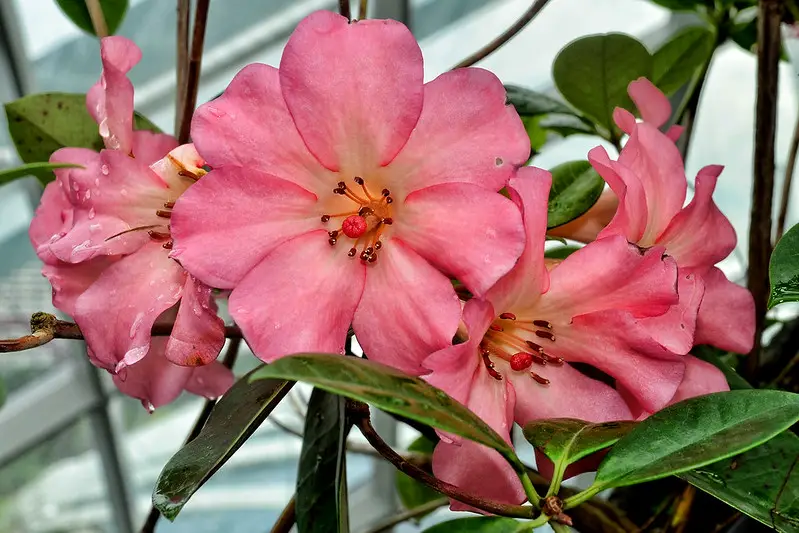
Oleander is a stunningly beautiful shrub with delicate pink flowers, but every part of it—from the leaves to the petals—is packed with deadly toxins. While humans, dogs, and livestock can suffer fatal heart failure from ingesting even a small amount, some insects and birds treat oleander like any other plant. Certain caterpillars and beetles have developed immunity to its poison, allowing them to feast while avoiding predation from less fortunate creatures. Even burning oleander releases toxic fumes, making it a hazard to anyone who underestimates its potency. For the lucky few animals that can handle it, oleander is a food source without competition—but for the rest of us, it’s an elegant death trap.
10. Hemlock: The Poison That Even Socrates Couldn’t Survive
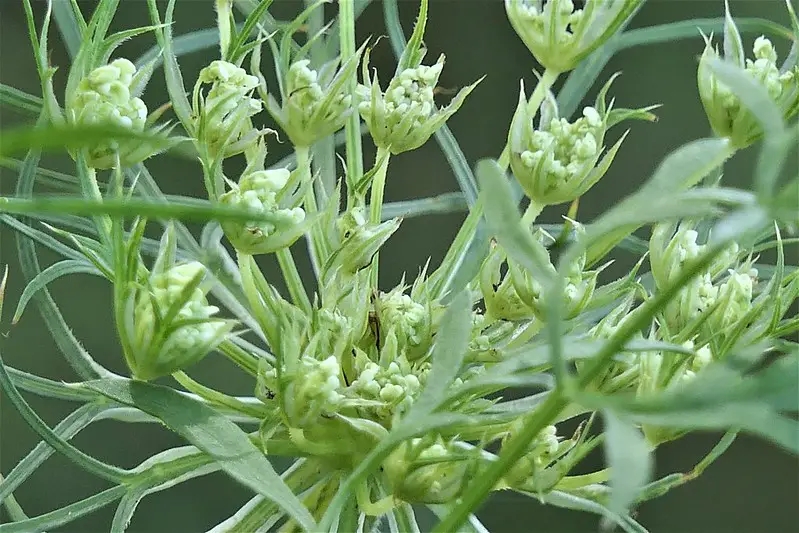
Hemlock may look like an innocent wildflower, but its toxic alkaloids have been causing fatal poisonings for centuries. While humans, cattle, and most mammals suffer paralysis and respiratory failure from ingesting it, certain insects, like caterpillars of the hemlock moth, feast on it without a second thought. These insects absorb the toxins, making themselves poisonous to birds and other predators in a clever natural defense strategy. Infamously used in the execution of Socrates, hemlock remains one of the most infamous poisonous plants in history. It may seem harmless at first glance, but one wrong bite and you’re part of history’s long list of hemlock victims.


